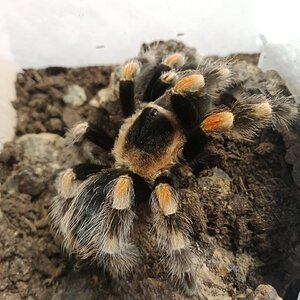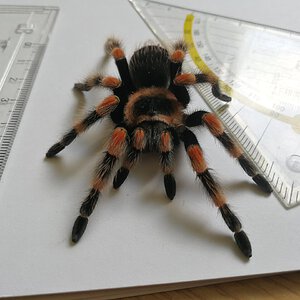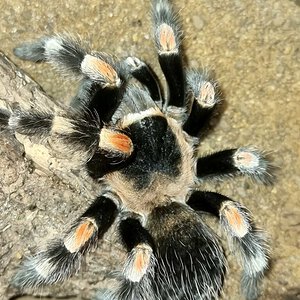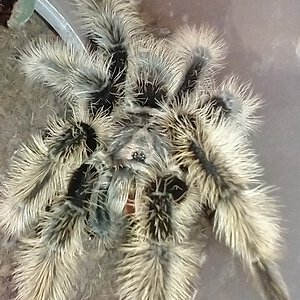I adopted 2 of these guys yesterday from a friend, they were classified as B. smithi but as far as i could find B. smithi and B. hamorii have been classified as one Sp. (hamorii) albeit as 2 different localities. Is there a way to differentiate which of the two this is (Colima- or Guerrero-Form?
Media information
- Category
- Tarantula Identification
- Added by
- Wolfram1
- Date added
- View count
- 316
- Comment count
- 7
- Rating
- 0.00 star(s) 0 ratings
Image metadata
- Device
- HUAWEI VTR-L29
- Aperture
- ƒ/2.2
- Focal length
- 4.0 mm
- Exposure time
- 20000000/1000000000
- ISO
- 64
- Filename
- IMG_20210823_142440.jpg
- File size
- 2 MB
- Date taken
- Mon, 23 August 2021 2:24 PM
- Dimensions
- 3968px x 2976px







